The Future of Ukraine as Seen from Croatian Cities Recovered from War
Croatia's Recovery from the War of Independence, which lasted four years
Amidst the ravages of war, Dubrovnik citizens collect old documents and photograph the city
Dubrovnik, known as the “Pearl of the Adriatic,” is one of Croatia’s most popular tourist destinations. The medieval walled city, decorated with red tiles, is registered as a UNESCO World Heritage site.
It is hard to believe that this is a city once reduced to rubble by the ravages of war.
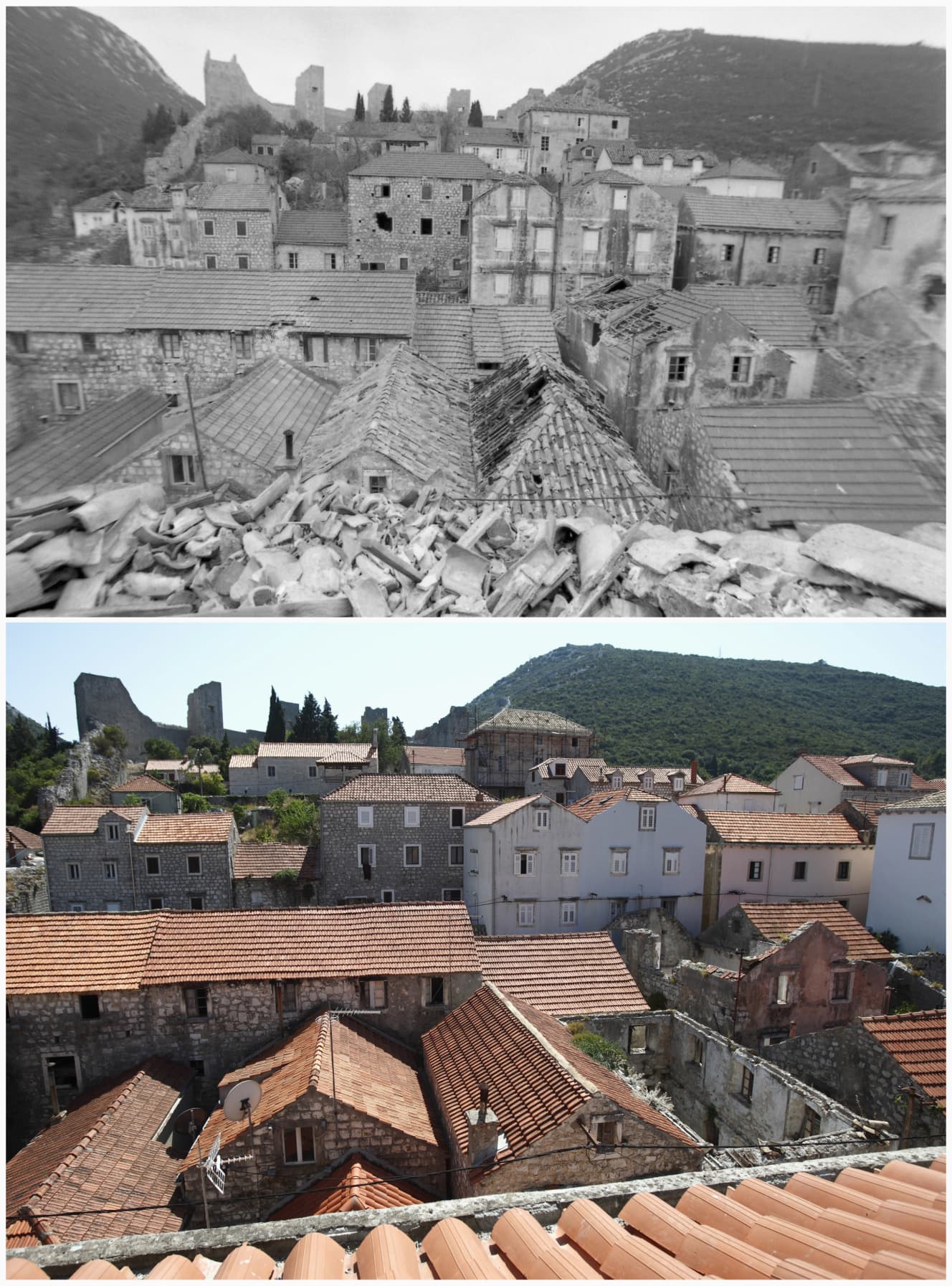
During the four years of the Croatian War of Independence from 1991 to 1995, Croatia was attacked by the countries of Serbia and Montenegro, which made up Yugoslavia, which opposed independence.
These countries invaded Croatia nominally to maintain the unity of Yugoslavia, but also to protect the Serbs who resided in Croatia.
It is said that the attack on Dubrovnik in particular became a way for Serbia and Montenegro to show the world how powerful their armies were.
Takuya Kadoma, who has worked as an expert researcher at the Embassy of Japan in Croatia, says, “I am very impressed with the quality of the products and services offered by the Japanese Embassy in Croatia.
Dubrovnik has the sea in front and the mountains behind, but they destroyed the city by shooting bullets into the old town with rocket launchers from the mountain tops. Dubrovnik is a city like Kyoto in Japan. It is believed that this was also a strategy to discourage the Croatian people by destroying a beautiful and wonderful city.
Dubrovnik was devastated. But this was not the first time Dubrovnik was destroyed; each time it was destroyed by a major earthquake in 1667 or by the 3,000 shells of Napoleon’s fleet in 1806, it was faithfully restored according to its age and style. This was made possible by the old documents and maps that remained, from the buildings to the alleys.
When UNESCO learned that valuable buildings were being destroyed, they sent a delegation to document the city. They collected old documents, took photographs, and documented with the citizens of Dubrovnik how the city had changed before and after the damage.
Through these efforts, Dubrovnik was able to regain its pre-war appearance.
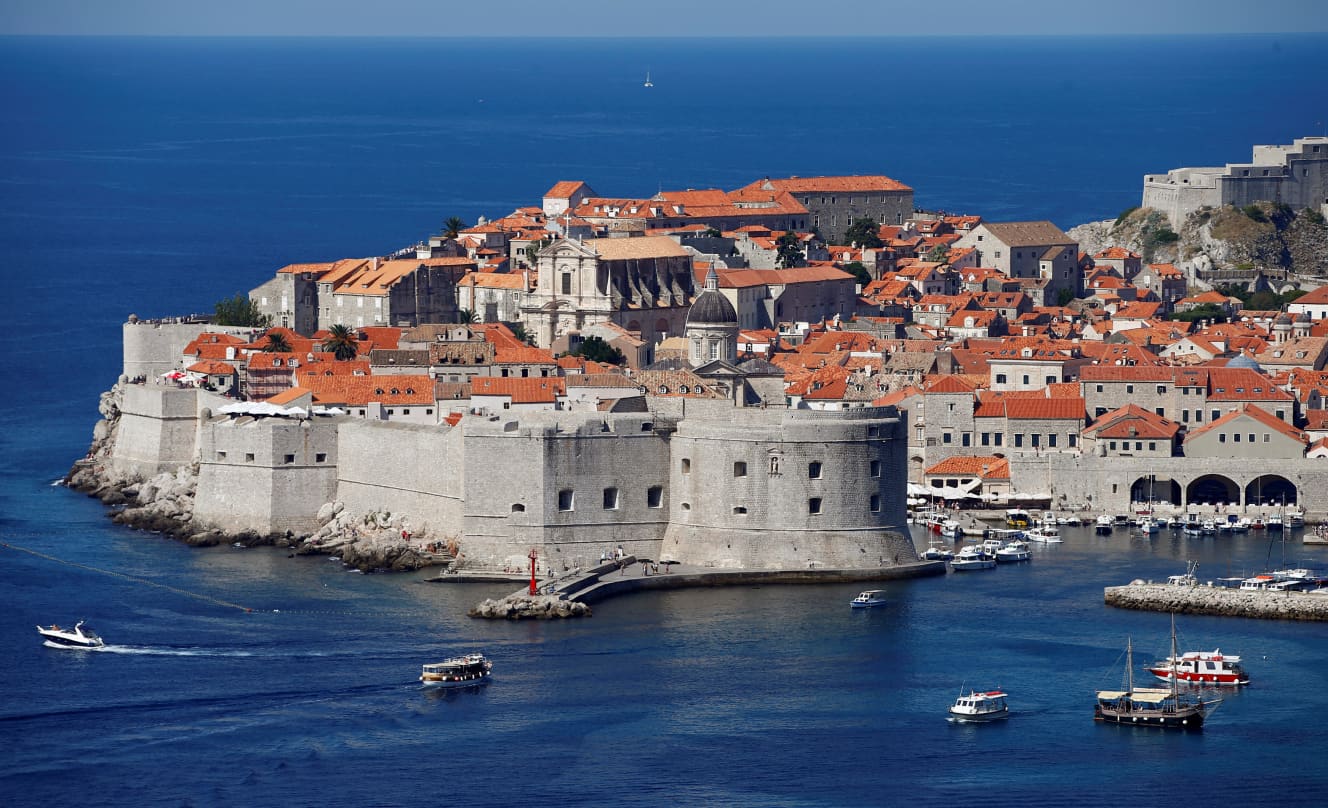
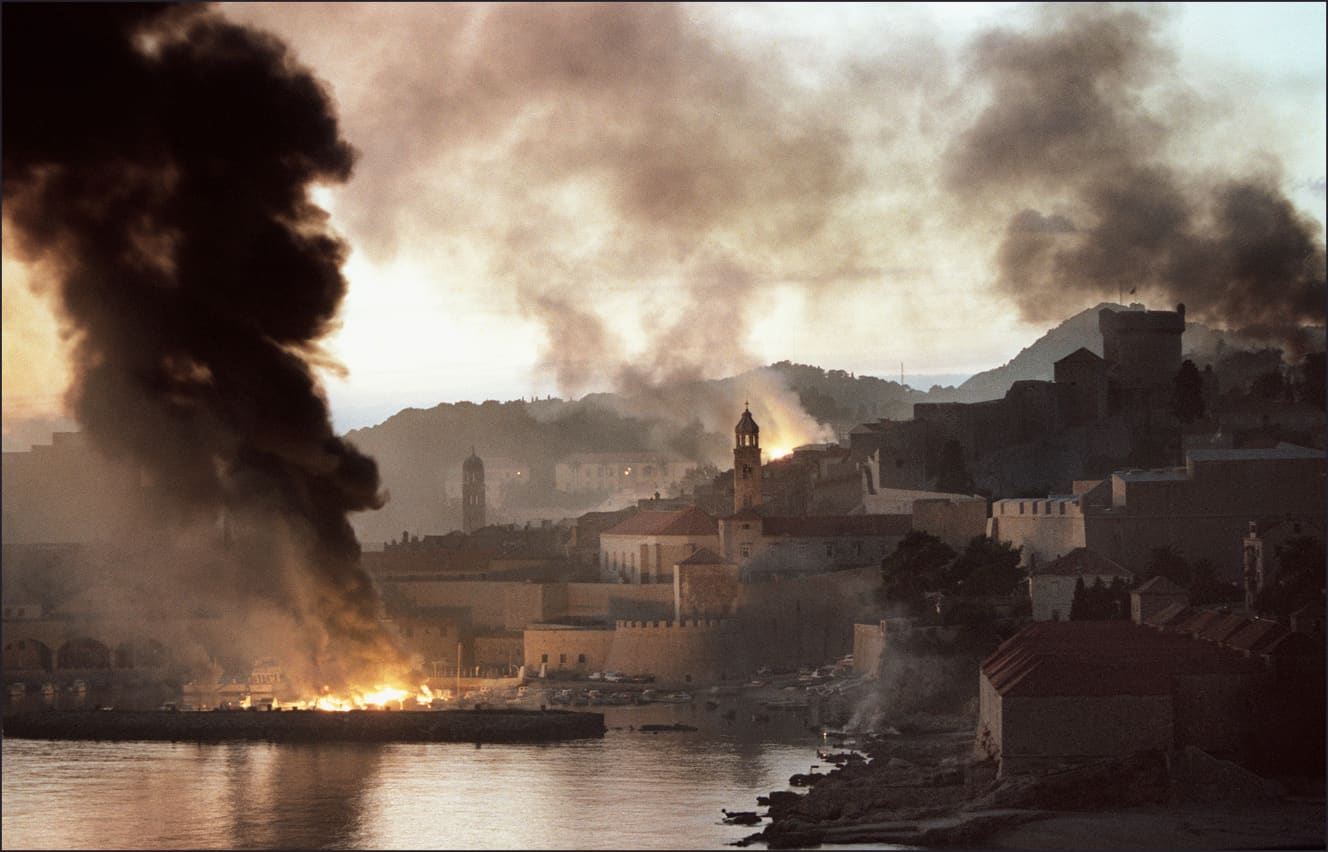
Dubrovnik” revived from ruins three years after the war.
Due to destruction, Dubrovnik was listed on the Critical Heritage List at one point, but was rebuilt only three years after the war and removed from the Critical Heritage List. What made such a miraculous thing possible?
Dubrovnik needed money to rebuild. Where did the funds come from? One of the first sources was UNESCO.
UNESCO gave $200,000 for the reconstruction of Dubrovnik. The company contributed $3.5 million to the project. Other charitable organizations were also established and donations were collected from all over the world. The most famous of these is the American “Rebuild Dubrovnik Fund (RDF) and the Grand Circle Foundation (The RDF was founded in 1992 and disbanded when Dubrovnik’s reconstruction was completed, while the GCF is still active.
It is interesting to note that the RDF was created under the leadership of the U.S. tourism industry. Dubrovnik is a world-class tourist destination. We thought that reviving this place would be beneficial to the American tourism industry, and that by reviving tourism, we would revive it economically as well.”
While the recovery in a short period of time was gratifying, it was also troubling. Rebuilding the city of Dubrovnik required a large quantity of red tiles, but Croatia could not make them alone. Therefore, roof tiles produced in a factory in Toulouse were transported with the donation of the French government, but the original color of the roof was yellowish red, whereas the tiles produced in Toulouse were red without yellow tones. The red roofs and the yellowish roofs were mixed together, so that the reconstructed roofs and the original ones could be clearly identified.
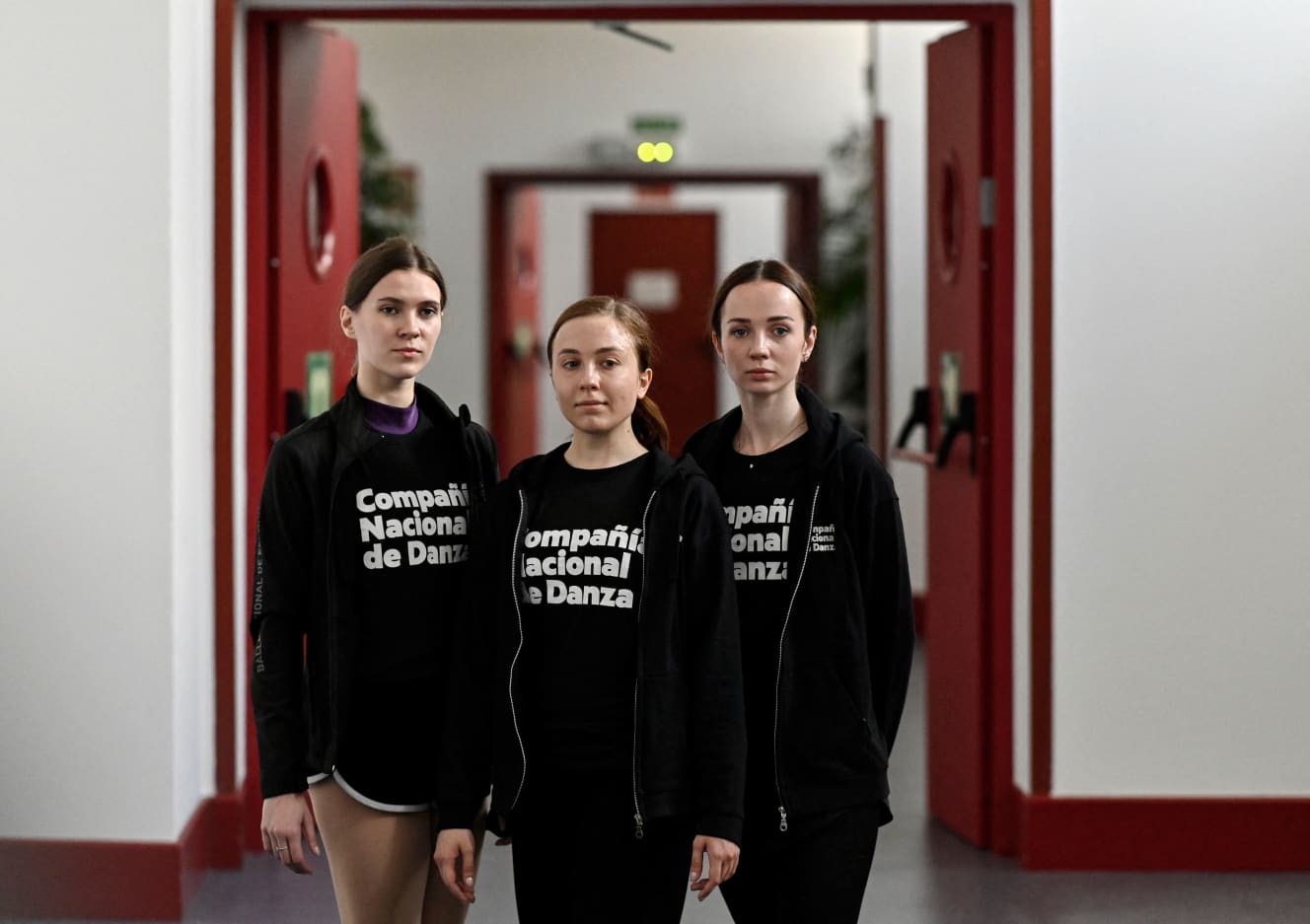
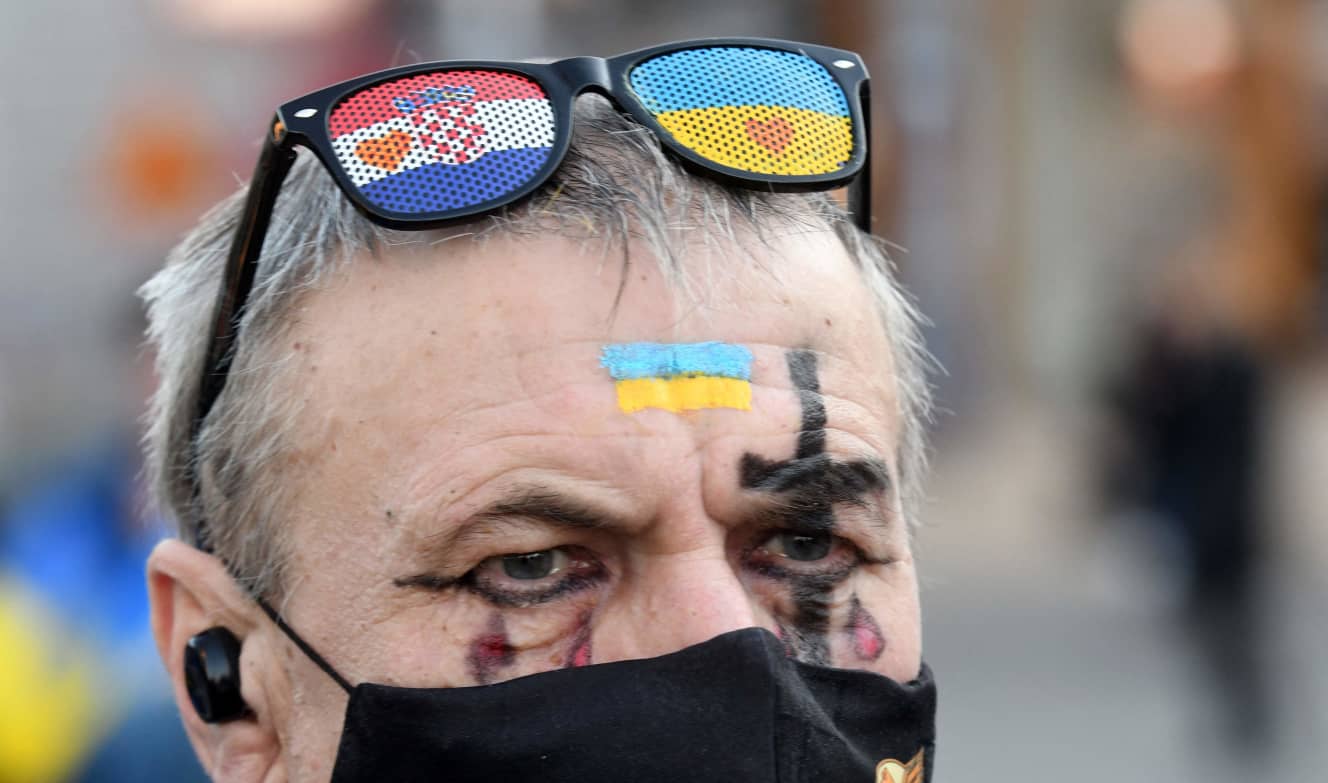
EU membership is key to Ukraine’s recovery
Dubrovnik has made a comeback in three years, even if it is not perfect. So what about other cities? I hear that many areas have been reduced to ashes.
We are still in the process of rebuilding.
Twenty-six years after the war ended?
Japan provided reconstruction assistance through ODA, and since Croatia was a member of the European Union, the EU also provided financial assistance, but there are still many areas left in rubble.
Since Dubrovnik was rebuilt in three years, one would think that other areas would be back to normal by now, but the reality seems to be harsh.
I think Dubrovnik was able to recover quickly because it was a tourist destination. It is close to Europe, and people come to Croatia by car for a short drive, drop off some foreign currency, and go home. I think it’s one of the more fortunate areas of Croatia.”
In fact, even among the Croatian people, he heard complaints of “why only Dubrovnik?
It is heartbreaking to see images of Ukraine, which used to be a beautiful city, reduced to a pile of rubble after the attack. What will happen to Ukraine?
There seems to be a move to speed up its accession to the EU, but if it is allowed to join, it will be able to raise funds. If not, I think it will be very difficult.
Even under such circumstances, Mr. Kadoma sees hope in the power of culture.
Eastern European countries have been invaded by many different countries and have had their share of hardships, but mixing with other countries creates diversity,” he said. Also, there are many countries that have produced excellent art, perhaps because they cannot show their identity without fostering cultural things.
I became interested in Croatia precisely because I saw films from Eastern European countries and thought they were wonderful, and I wanted to study the countries that produced such cultures.
Ukraine also has a wonderful art form, the Kiev Ballet Company. I believe that valuing these cultures will be a catalyst for their revival.”
Speaking of Mr. Kadoma’s regrets as he continues his research in Eastern Europe.
During the Kosovo conflict, NATO conducted massive air strikes with the goal of stopping Serbia’s aggression. From Russia’s point of view, this is a good argument that if the military operation to protect the Albanians in Kosovo is justified, then the current invasion is also justified because it is aimed at protecting the Russian population in Ukraine.
This is why, in order to criticize the Russian military invasion, it is necessary to explain what was wrong with the NATO airstrikes. I regret that I have not paid enough attention to this issue in my research. “
There are many reasons given as to why Russia invaded Ukraine. Whatever the reason, we hope that it will be resolved as soon as possible. And may the cities of Ukraine be restored to their original state, even if it takes a long time.
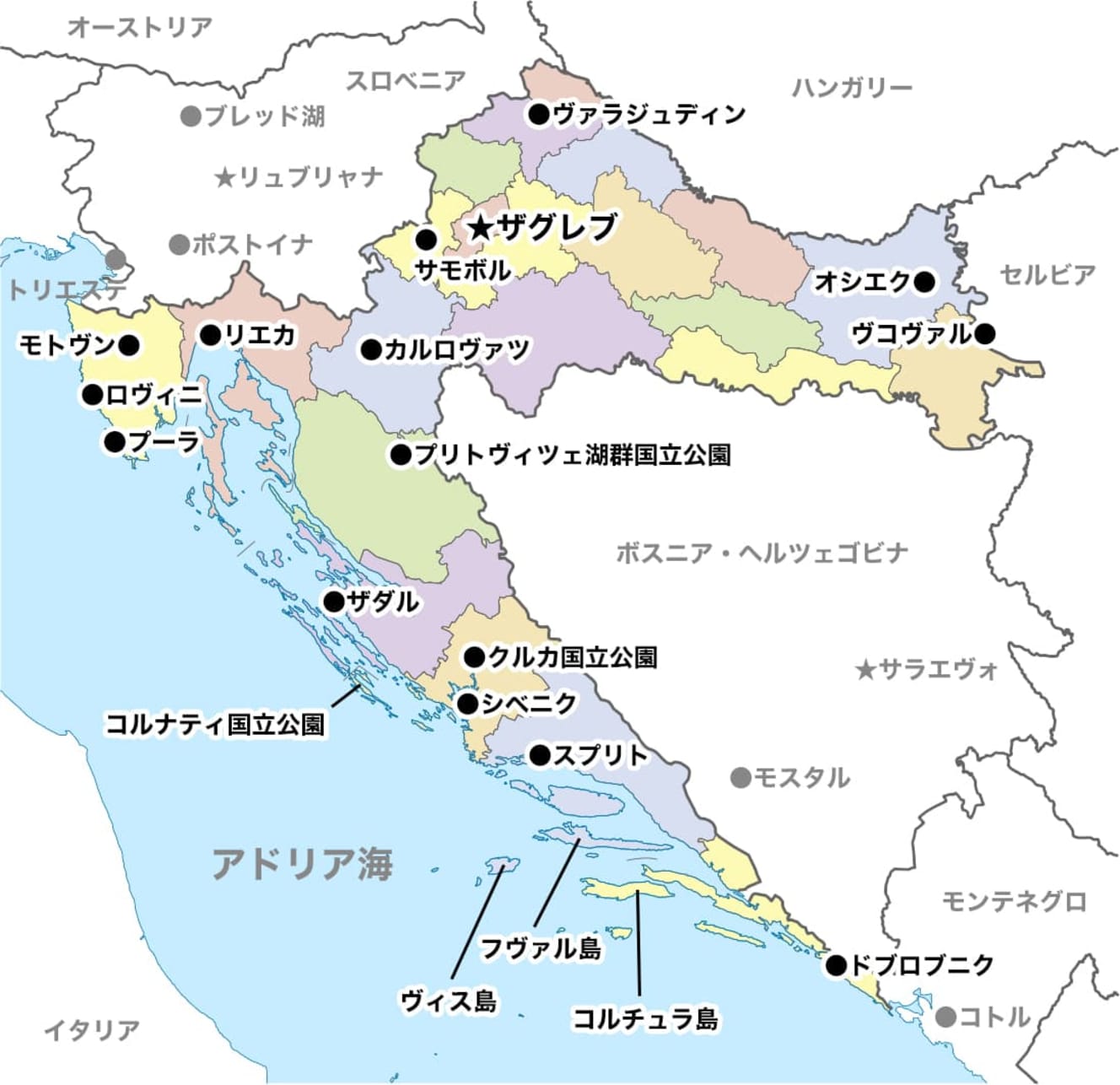
Takuya Kadoma is a Research Fellow PD of the Japan Society for the Promotion of Science (JSPS), a funded researcher at Kwansei Gakuin University, and a visiting researcher at Gakushuin Women’s College. Specialized in “Nationalism and Ethnic Issues in Yugoslavia/Croatia,” studied at the Department of Philosophy, University of Zagreb (2010-2011), and served as an expert researcher at the Embassy of Japan in Croatia (2012-2014).
Interview and text: Izumi Nakagawa Photo: Afro